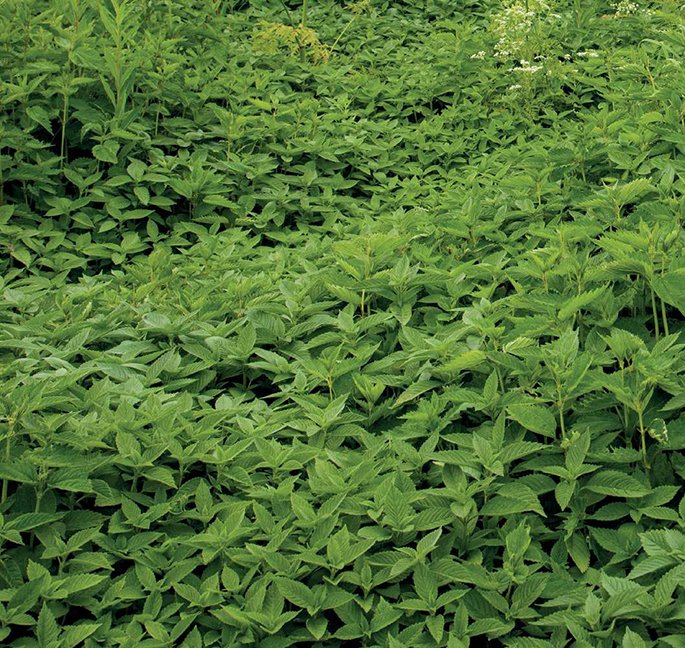ARE BOILED ALIVE WHILE MAKING SILK?
Do you know, for example, that silkworms are boiled alive while making silk? Approximately 3,000 silkworms are killed in this way to make half a kilogram of silk fibre. Foxes are also killed for their fur, Angora rabbits and geese are bred for their fur and feathers, not to mention crocodiles, ostriches and kangaroos.
Another negative factor in textiles of animal origin is the high consumption of chemicals and water during the textile finishing process, which negatively affects the environment.
IS THERE AN ALTERNATIVE?
Of course there is, and it is not a revolutionary innovation with a PR story or “greenwashing”, but a raw material proven for years. We are talking about common nettle, which can also be considered a weed. It is an easy to grow plant that provides fibres whose properties are similar to those of cotton. It requires hardly any agrochemical inputs and does not have high irrigation water demand. Common nettle is a nitrophilous species, like e.g. saltbush or couch grass. It occurs naturally in Europe and the temperate zone of Asia and America. Throughout the Czech Republic, it occurs regardless of altitude.
In the textile industry, nettle has a wide historical presence. Another fact worth mentioning is that it was also cultivated in Scandinavia as a source of fibres for weaving sailcloth. It is currently the subject of interest in Austria, Germany, Finland and Great Britain.
In terms of textile, common nettle provides high-quality plant fibre whose properties are similar to those of flax and hemp, which we wrote about in the last issue (the topic “Are natural materials organic?”). This fibre makes up 17% of the plant’s weight. The phloem cells are 2.5 - 3 cm long, and reach a thickness of 20 μm. The technical fibre is up to 1 meter long. Elementary fibres have a rough surface and various faults. However, they have high tensile strength, low weight, and are soft. The colour of these fibres is creamy white to grey, with a high silky sheen. They can be dyed easily and absorb water well. The fibres are pleasantly soft and not cool to the touch, unlike other bast fibres. The main component of nettle fibre is cellulose, which makes up 80-90% of the fibre.
And do you know that the male and female parts of the plant differ in quality and composition?
Boyteks vegan fabric has been developed as environmentally and animal friendly, so it does not contain any animal raw materials. Besides, no animal testing has been performed on vegan mattress fabric. International certification is a matter of course.
Editorial note: Source: JANA FRANCOVÁ, Bachelor thesis, 2010
Photo: company archive

